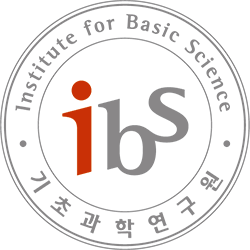Suil O (오수일), Eigenvalues and [a, b]-factors in regular graphs
Room B232 IBS (기초과학연구원)For positive integers, $r \ge 3, h \ge 1,$ and $k \ge 1$, Bollobás, Saito, and Wormald proved some sufficient conditions for an $h$-edge-connected $r$-regular graph to have a k-factor in 1985. Lu gave an upper bound for the third-largest eigenvalue in a connected $r$-regular graph to have a $k$-factor in 2010. Gu found an upper bound …

